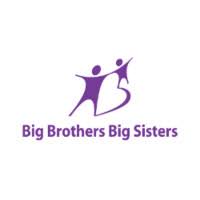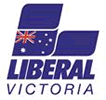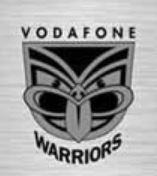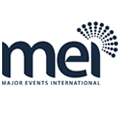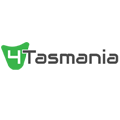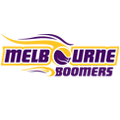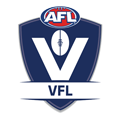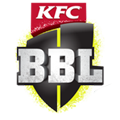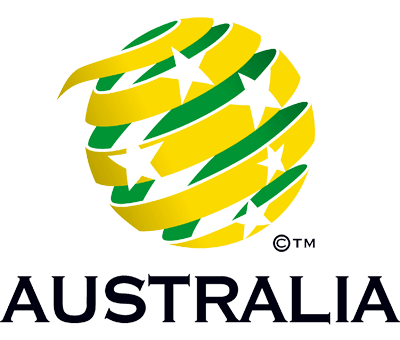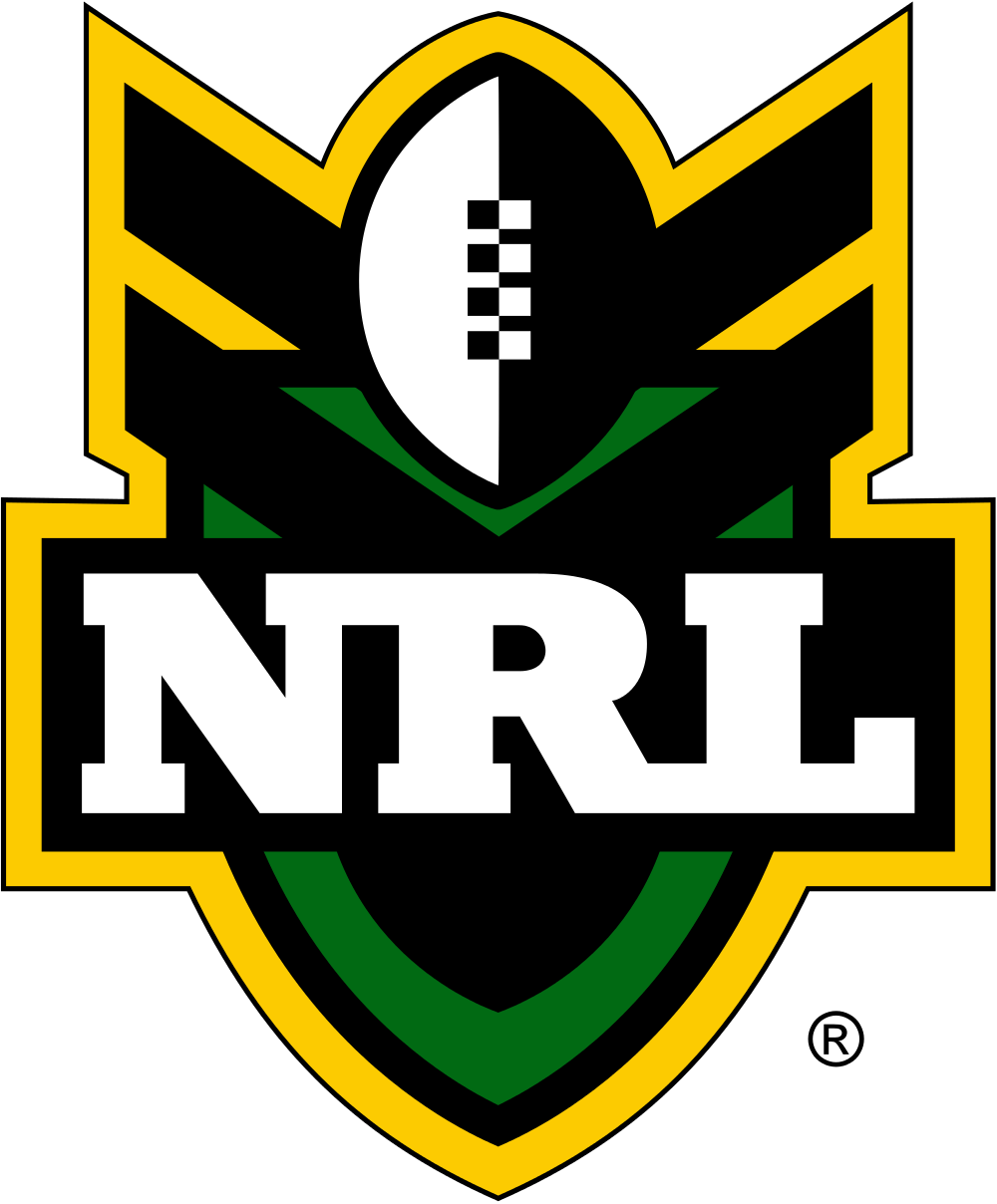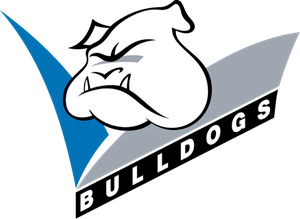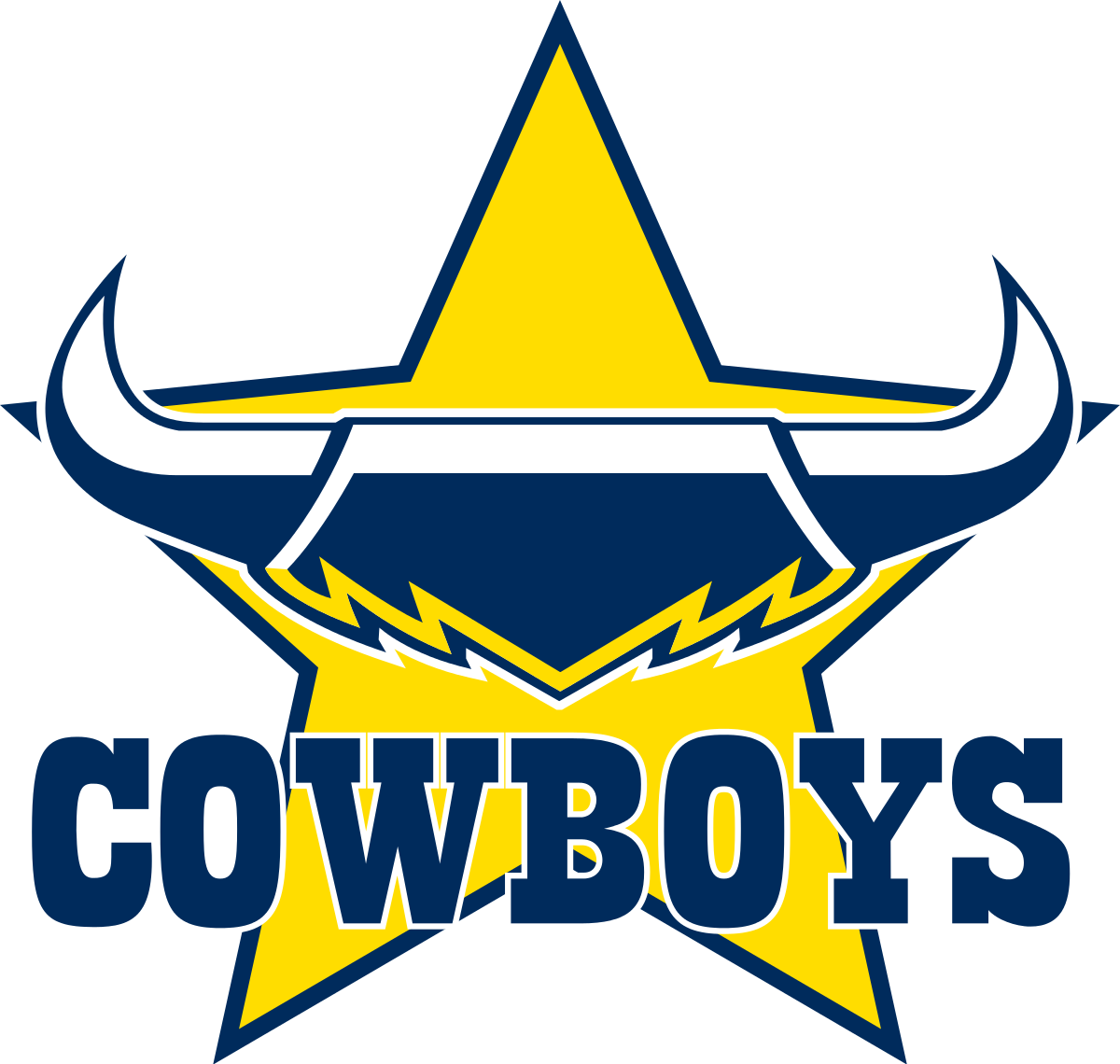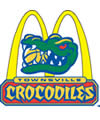Includes other kinds of accounts that have the general characteristics of demand deposits. Excludes cash and cash equivalents within disposal group and discontinued operation. Calculating total assets lets small business owners know if they’re able to repay their debts. It also gives a snapshot of the overall financial health of the business. You will need to tally up all your assets of the company on the balance sheet as of that date.
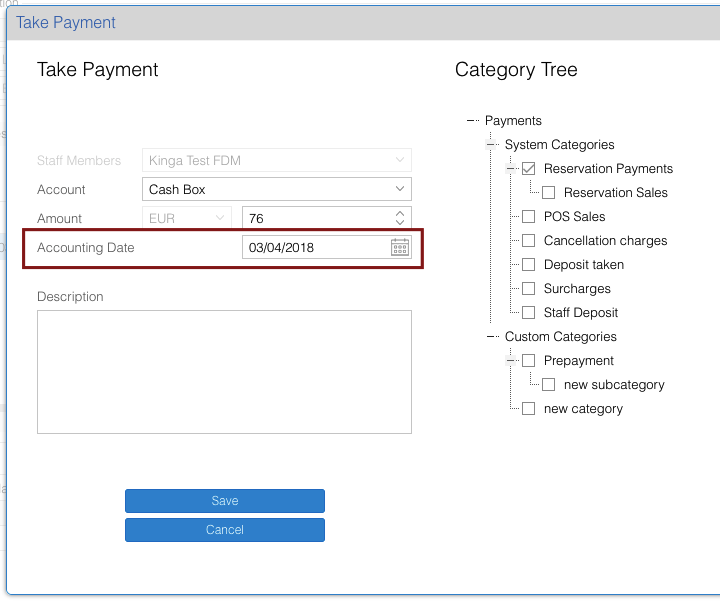
While stakeholders and investors may use a balance sheet to predict future performance, past performance does not guarantee future results. However, it is crucial to remember that balance sheets communicate information as of a specific date. By creating a balance sheet every month, you can compare your financials from month to month and know if your business is doing well or if you need to make some adjustments moving forward. This could be money owed to suppliers, tax obligations or business loans. Assets can be used to create further value for the company either currently or in the future. Liquidity is the ease with which an asset can be converted into cash.
Non-Current Assets
To save money, you were told, you want to make more deposits and fewer withdrawals—more money in, less money out. We accept payments via credit card, wire transfer, Western Union, and (when available) bank loan. Some candidates may qualify for scholarships or financial aid, which will be credited against the Program Fee once eligibility is determined. Please refer to the Payment & Financial Aid page for further information. A balance sheet must always balance; therefore, this equation should always be true. Balance sheets are typically prepared and distributed monthly or quarterly depending on the governing laws and company policies.
What are examples of assets on a balance sheet?
Examples of assets that are likely to be listed on a company's balance sheet include: cash, temporary investments, accounts receivable, inventory, prepaid expenses, long-term investments, land, buildings, machines, equipment, furniture, fixtures, vehicles, goodwill, and more.
Additionally, the balance sheet may be prepared according to GAAP or IFRS standards based on the region in which the company is located. This account includes the amortized amount of any bonds the company has issued. Labor is the work carried out by human beings, for which they are paid in building business budget wages or a salary. An asset is a resource with economic value that an individual, corporation, or country owns or controls with the expectation that it will provide a future benefit. Some liabilities are considered off the balance sheet, meaning they do not appear on the balance sheet.
Making balance sheets work for you
Find the value of long-term investments like stocks and bonds, too. Start by listing the value of any current assets (assets that can easily be converted to cash) like cash, money owed to you and inventory. Balance sheets are typically prepared at the end of set periods (e.g., annually, every quarter). Public companies are required to have a periodic financial statement available to the public.
Excludes Net Income (Loss), and accumulated changes in equity from transactions resulting from investments by owners and distributions to owners. This ratio shows how much of a company’s assets were purchased with borrowed money. For example, a new business laptop could be paid for using a line of credit. Take the assets you listed in step one and plug them into the template, making sure to group them into categories like current assets, fixed assets and other assets. Then move on to listing the value of fixed assets (assets that are harder to convert into cash) like buildings and machinery.
Limitations of a Balance Sheet
Treasury stock is common and preferred shares of an entity that were issued, repurchased by the entity, and are held in its treasury. Amount of liabilities classified as other, due after one year or the normal operating cycle, if longer. Amount after valuation and LIFO reserves of inventory expected to be sold, or consumed within one year or operating cycle, if longer. Resources tailored to the needs of women-led businesses, designed to help you succeed. Tips for working with your vendors, customers, and internal partners to improve efficiency and cash flow.
Where are assets on a balance sheet?
To recap, you'll find the assets (what's owned) on the left of the balance sheet, liabilities (what's owed) and equity (the owners' share) on the right, and the two sides remain balanced by adjusting the value of equity.
Business owners use these financial ratios to assess the profitability, solvency, liquidity, and turnover of a company and establish ways to improve the financial health of the company. Noncurrent assets include tangible assets, such as land, buildings, machinery, and equipment. For instance, if a company takes out a ten-year, $8,000 loan from a bank, the assets of the company will increase by $8,000. Its liabilities will also increase by $8,000, balancing the two sides of the accounting equation. It is also possible to grasp the information found in a balance sheet to calculate important company metrics, such as profitability, liquidity, and debt-to-equity ratio.
Business Insights
Sum of the carrying amounts as of the balance sheet date of all assets that are recognized. Value received from shareholders in common stock-related transactions that are in excess of par value or stated value and amounts received from other stock-related transactions. Includes only common stock transactions (excludes preferred stock transactions). May be called contributed capital, capital in excess of par, capital surplus, or paid-in capital.
A balance sheet is a type of financial statement used in business and finance to give an overview of a company’s assets, liabilities, and shareholder equity at a given point in time. The balance sheet includes information about a company’s assets and liabilities. Depending on the company, this might include short-term assets, such as cash and accounts receivable, or long-term assets such as property, plant, and equipment (PP&E).
Balance Sheets are Needed for Financial Ratios
Long-term assets such as buildings and equipment are depreciated and therefore will be reported at less than their cost. Everything listed is an item that the company has control over and can use to run the business. When looking at an asset definition, you’ll typically find that it is something that provides a current, future, or potential economic benefit for an individual or company. An asset is, therefore, something that is owned by you or something that is owed to you. If you loaned money to someone, that loan is also an asset because you are owed that amount.
- If the company takes $8,000 from investors, its assets will increase by that amount, as will its shareholder equity.
- Small businesses, like yours, use assets to generate more sales and increase their bottom line—also known as net income.
- It is crucial to remember that some ratios will require information from more than one financial statement, such as from the income statement and the balance sheet.
- Liabilities are the debts you owe to other parties, including other businesses or the government.
- Depending on the company, different parties may be responsible for preparing the balance sheet.
This asset section is broken into current assets and non-current assets, and each of these categories is broken into more specific accounts. A brief review of Apple’s assets shows that their cash on hand decreased, yet their non-current assets increased. Employees usually prefer knowing their jobs are secure and that the company they are working for is in good health. Amount of currency on hand as well as demand deposits with banks or financial institutions.
What are the 3 types of assets?
- Based on convertibility (current assets and non current assets)
- Based on physical existence (tangible and intangible assets)
- Based on usage (Operating and non-operating assets)




